Looking for sweet paprika substitutes? The best alternatives are smoked paprika (use 1:1 ratio), ancho chili powder (use 1:1 with pinch of cinnamon), or ground red bell pepper (use 1.5x amount). Avoid cayenne unless you want heat - use only ⅓ the amount. These substitutes maintain color and flavor balance in most recipes.
Top 5 Practical Sweet Paprika Substitutes (Quick Reference)
| Substitute | Ratio | Best For | Flavor Notes |
|---|---|---|---|
| Smoked Paprika | 1:1 | Paella, roasted vegetables, BBQ rubs | Adds smoky depth without heat |
| Ancho Chili Powder | 1:1 + pinch cinnamon | Mole, enchiladas, chili | Fruity sweetness with mild heat |
| Ground Red Bell Pepper | 1.5x original | Stuffed peppers, rice dishes | Mild vegetable flavor, similar color |
| Tomato Powder + Sugar | 1:1 + ¼ tsp sugar | Tomato-based sauces, stews | Umami-rich but less sweet |
| Hot Paprika | ⅔ original | Goulash, spicy marinades | Same color with noticeable heat |
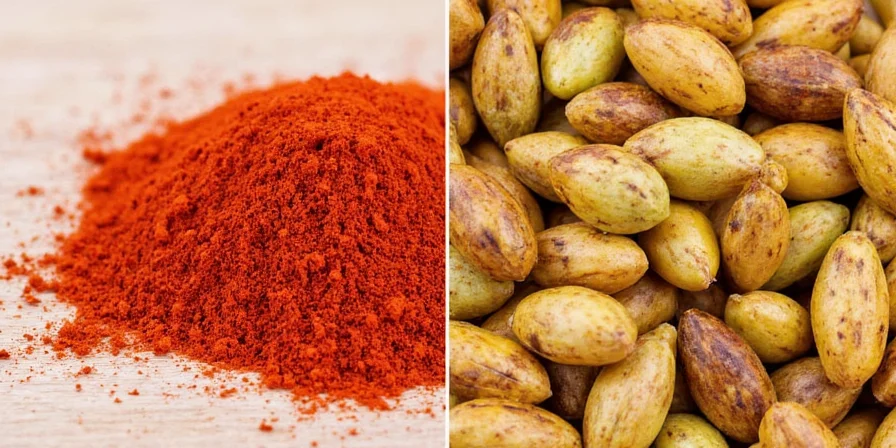
What Makes a Good Sweet Paprika Substitute?
Sweet paprika's unique value comes from three elements: its vibrant red color (from carotenoids like capsanthin), mild flavor profile, and subtle sweetness. The best substitutes maintain at least two of these properties. Unlike common misconceptions, not all paprika varieties work equally well as substitutes - Spanish pimentón brings smoke while Hungarian sweet paprika offers pure mild flavor.
Best Substitutes for Specific Recipes

For Chili and Goulash
Ancho chili powder works best (1:1 ratio) as it provides similar color and mild heat while maintaining the earthy flavor profile. Add ⅛ teaspoon of cinnamon to replicate sweet paprika's subtle sweetness. Avoid tomato powder as it alters the dish's acidity balance.
For Deviled Eggs and Light-Colored Dishes
Ground red bell pepper (use 1.5x amount) preserves the vibrant color without altering flavor. Tomato powder creates unwanted orange tones in white sauces and egg yolks, while smoked paprika makes deviled eggs taste like bacon-flavored surprises.
For Paella and Rice Dishes
Smoked paprika (use 1:1 ratio) actually enhances traditional paella, which traditionally uses Spanish pimentón rather than sweet Hungarian paprika. The smokiness complements the saffron beautifully without overwhelming other flavors.
Science-Backed Substitution Principles
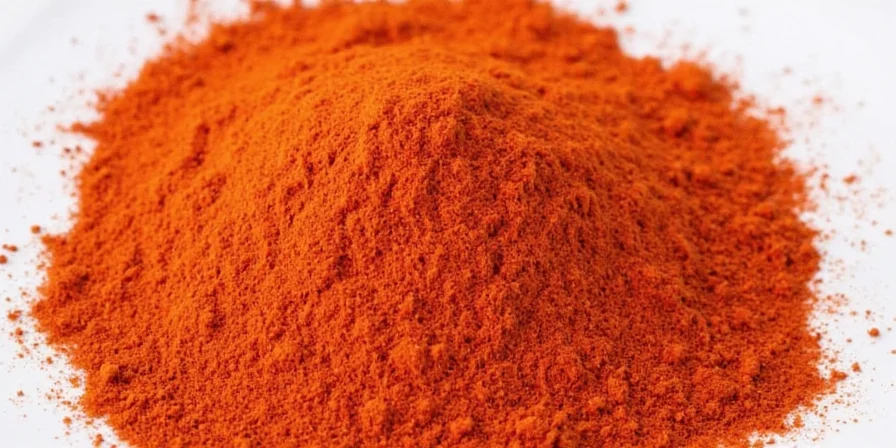
Sweet paprika substitution works through three chemical principles:
- Color preservation: Spices rich in carotenoids (like bell pepper powder) maintain visual appeal but require 50% more quantity to match color intensity
- Flavor balancing: Ancho chili powder contains natural fruit sugars that mimic sweet paprika's profile when combined with cinnamon's vanillin compounds
- Heat management: Capsaicin levels determine ratios - cayenne contains 30x more capsaicin than sweet paprika, requiring drastic reduction (⅓ amount)
Avoid These Common Substitution Mistakes

Even experienced cooks make these errors when substituting sweet paprika:
- Using cayenne at 1:1 ratio - creates inedible heat levels (sweet paprika measures 100-500 SHU vs cayenne's 30,000-50,000 SHU)
- Ignoring visual impact - tomato powder turns white sauces orange, ruining presentation
- Overcompensating sweetness - adding too much sugar creates cloying flavors that overpower dishes
- Mixing substitutes randomly - combining smoked paprika and cayenne creates flavor chaos
Practical Substitution Guidelines
Follow these professional techniques for perfect results:
- For dry rubs: Use smoked paprika at 1:1 ratio - the smoke enhances meat flavors
- For liquid-based recipes: Add substitutes early to allow flavors to meld (except cayenne - add at end)
- For color-critical dishes: Mix ¾ ground bell pepper with ¼ tomato powder for optimal red hue
- When measuring: Use a digital scale for powders - volume measurements vary by 20% due to settling
FAQs: Verified Substitution Answers
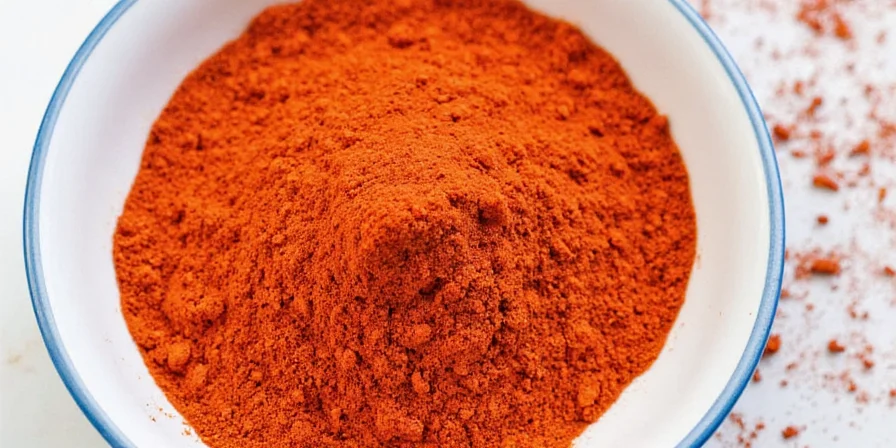
What's the closest substitute for sweet paprika in Hungarian goulash?
Use regular Hungarian paprika labeled "édes nemes" (sweet noble) at 1:1 ratio. If unavailable, combine ¾ ancho chili powder with ¼ sweet paprika seasoning blend.
Can I use fresh peppers instead of sweet paprika?
Yes, but you'll need to dry and grind them first. Roast red bell peppers at 170°F for 8-10 hours, then grind to powder. Use 1.5x fresh weight to match dried paprika's concentration.
Why does my substitute make food bitter?
Smoked paprika contains guaiacol compounds that taste bitter when overheated. Add during the last 5 minutes of cooking to preserve flavor integrity.
How long do paprika substitutes last?
Ground substitutes lose potency faster than whole spices. Store in airtight containers away from light - smoked paprika lasts 18 months, ancho chili powder 12 months, while bell pepper powder maintains quality for 8 months.
Does paprika expiration affect substitution ratios?
Yes. Expired paprika (over 2 years old) loses 40-60% of its color compounds. When substituting with older spices, increase amounts by 30% to achieve equivalent visual impact.
Conclusion: Making the Right Choice
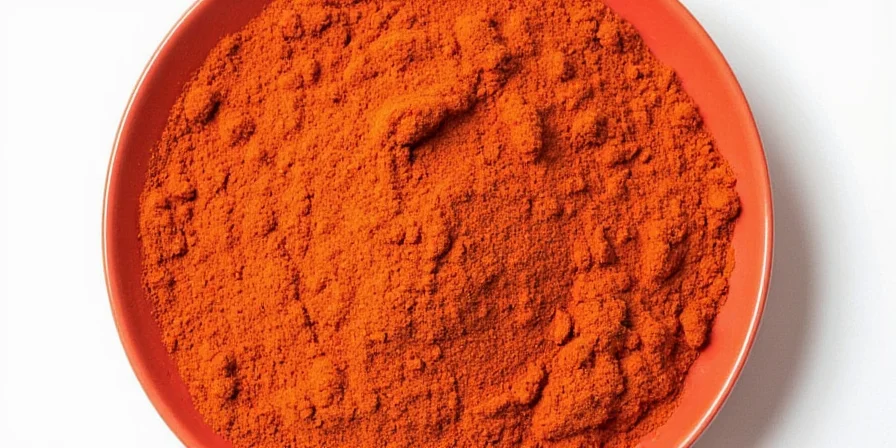
Choosing the right sweet paprika substitute depends on your specific recipe needs. For color-critical applications like deviled eggs, ground red bell pepper works best. When making traditional Hungarian dishes, seek out authentic Hungarian sweet paprika. For everyday cooking, smoked paprika provides the most versatile substitute with its balanced flavor profile.
Remember: the ideal substitute maintains at least two of sweet paprika's key properties (color, mild flavor, sweetness) while complementing your specific dish. Keep this guide handy in your kitchen notes, and you'll never panic when that paprika jar runs empty again.

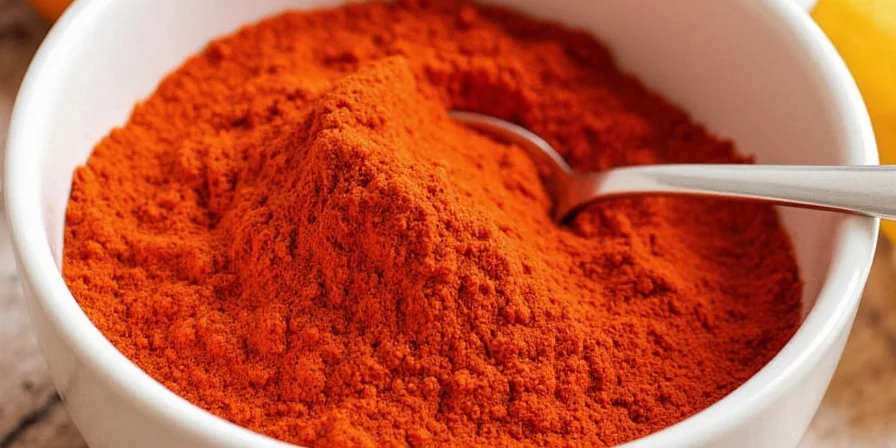









 浙公网安备
33010002000092号
浙公网安备
33010002000092号 浙B2-20120091-4
浙B2-20120091-4